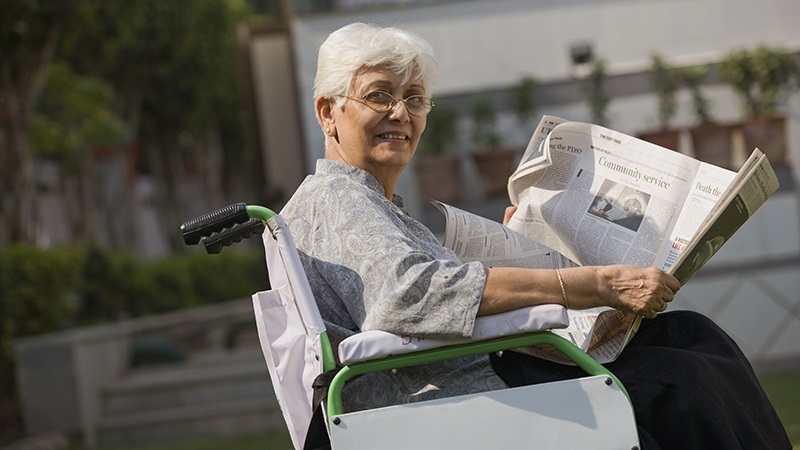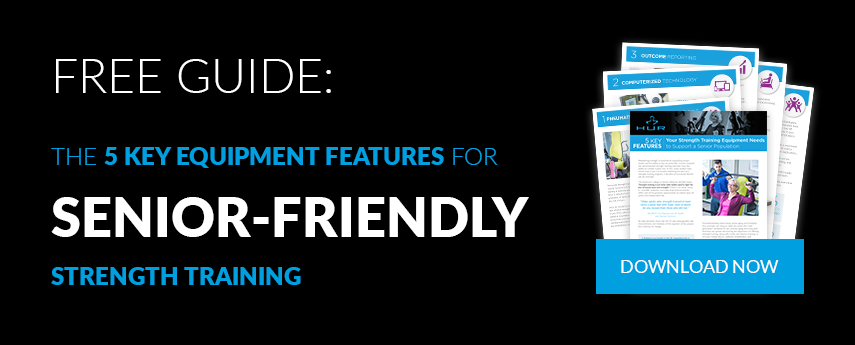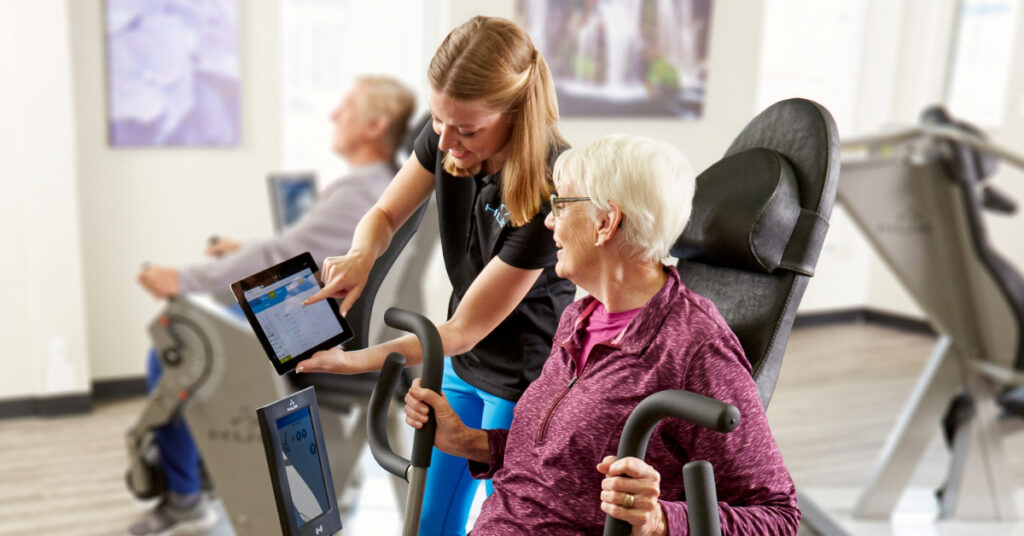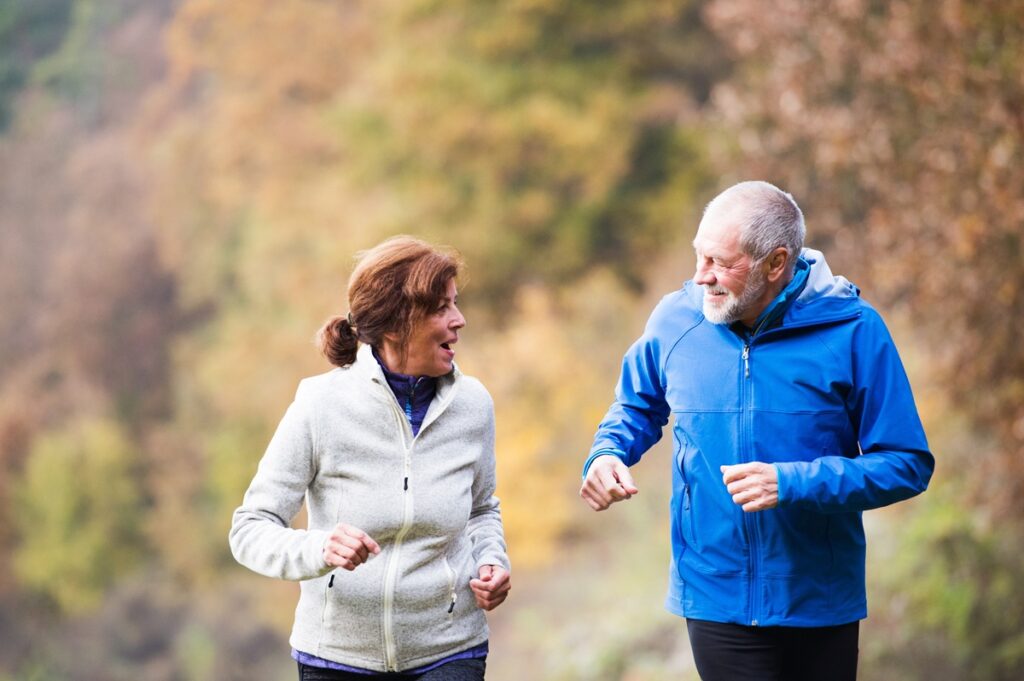Increase whole-body strength with these eight seated exercises
Usually, when we think about exercise, we think about activities that involve standing, walking, and moving around. For seniors constricted to a wheelchair, these types of activities are, of course, impossible. Yet, regular exercise is just as important for seniors in wheelchairs who want to lead an active, healthy, happy life as it is for seniors who do not require the use of a wheelchair.
For many older adults, a loss of autonomy and independence can contribute to feelings of depression and loneliness. Not being able to engage in normal day-to-day activities like lifting basic household items, moving freely from room to room, or from inside to outside, without assistance is frustrating and can lead to a sense of despair that puts them at risk for further illness and injury.
But, strength training can make daily life much easier for wheelchair users. When you’re strong, simply moving through the day goes from a challenge to a pleasure - a reminder of improved fitness and health, that continues to motivate training.
These 8 strength training exercises are an effective way to support the independence of seniors in wheelchairs and improve daily life.
A complete circuit of the following 8 exercises will build strength in the arms, chest, core, and legs, providing a simple whole-body strength training workout for wheelchair users. During the workout, seniors should take care to sit tall, engaging their abs to maintain good posture and support the muscles of the back.
Beginners should start with a small number of reps and skip the exercises that require weight or resistance. As muscle strength improves, increase the number of reps and add weight or resistance.
For maximum effectiveness, perform strength training exercises 2-3 non-consecutive days a week, taking at least 1 day to rest in between workouts.
Exercises that strengthen the muscles in the arms and chest
1. Shoulder Retractions for Beginners
Sit up straight and contract the ab muscles to support back muscles. Hold your arms at a 90-degree angle at shoulder level, hands facing down, fingers curved as if griping bicycle handles. Push both arms straight out in front of you, extending as far as possible without locking the joints. Bend the elbows and pull your arms back until your elbows are just slightly behind your torso, squeezing the shoulder blades together you do, and then repeat the motion.
To increase the intensity, hold a light resistance band with both hands. Extend arms parallel to the floor and pull the band apart, squeezing the Rhomboid muscles.
Alternatively, attach a resistance band to a wall or doorknob. Hold the band with arms extended and pull towards your body, bending the elbows slightly behind your torso.
2. Chest Squeeze with, or without, a medicine ball
Sitting up straight, with abs engaged to support the muscles in the back, hold a medicine ball, rubber ball, or balloon at chest level, squeezing the ball between your hands to contract the chest muscles. Slowly push the ball forward until your elbows are nearly straight, continuing to squeeze the ball through the whole movement. Slowly pull the ball back to the chest and repeat.
For beginners, this exercise can be accomplished without the medicine ball simply by pressing the palms together.
3. Chest Press with resistance band
Wrap a resistance band around the back of your wheelchair, or simply wrap it around your back just below your shoulder blades. Sitting tall and with your abs engaged, grasp each end of the resistant band in your hands and hold your arms at a 90-degree angle at shoulder level with the palms facing down. Extend your arms straight out in front of your body as far as you can go without locking the joints. Hold the stretch for 2 seconds and then bring the arms back to start.
Be sure to keep the movement slow and controlled with the arms held close to your sides during each repetition.
For additional upper body exercises check out, 6 Upper Body Strength Training Exercises for Wheelchair Users.
Seated wheelchair exercises that strengthen the leg muscles
1. Toe Taps
Sit up straight with abs engaged and feet flat on the ground. Tilt your toes up towards the ceiling and then back down to the floor. Repeat several times.
To increase the level of difficulty, raise one leg in the air so that it’s straight out in front of you, keeping the other foot flat on the floor. Tilt toes up and down several times. Lower the foot back down to the floor and repeat with the other leg.
2. Knee lifts
Sit up straight with abs engaged and feet flat on the ground. Slowly lift your right leg, bending your knee in a marching motion. Lift your leg as high as you can comfortably go, then lower your foot back to the floor and repeat with the other leg. Continue to repeat this motion, alternating legs.
For increased intensity, pause for 2-10 seconds at the top of the movement.
For additional lower body exercises check out, 7 Seated Exercises for Seniors to Improve Strength.
Seated wheelchair exercises that strengthen the muscles of the core and abs
1. Tummy Twist
Sit up straight with abs engaged and feet flat on the ground. Hold both arms at a 90-degree angle, with forearms extended in front of you and elbows at your sides. Rotate your upper torso to the left, twisting at the waist, for as far as you can comfortably go. Twist back to center and repeat the motion to the right.
During the movement, imagine sucking in your belly button towards your spine, and keep your lower body completely still.
2. Captain’s Chair
Sit up straight and grab the front edge of your seat with both hands. Slowly lift both of your feet off the floor, bending your knees towards your chest as you do, lifting as high as you comfortably can. Squeeze your abs at the top of the movement, and lower both feet back to the floor.
Be careful to not raise your legs past a comfortable position. If you are only able to raise your feet a few inches off the floor to start, that’s fine.
3. The Side Bend Stretch
Sit up tall, with abdominal muscles contracted and hips facing squarely forward. Extend your left arm toward the ceiling, keeping the inside of your upper arm very close to your ear. Hold your left arm in that position, and slowly bend your entire upper body to the right, making a “C” shape with your spine.
To increase the intensity, reach your right arm towards the floor. Hold the stretch for 5-15 seconds. Slowly move back to center and repeat on the other side.
For additional exercises focused on flexibility, check out these Seated Flexibility Exercises for Seniors.
